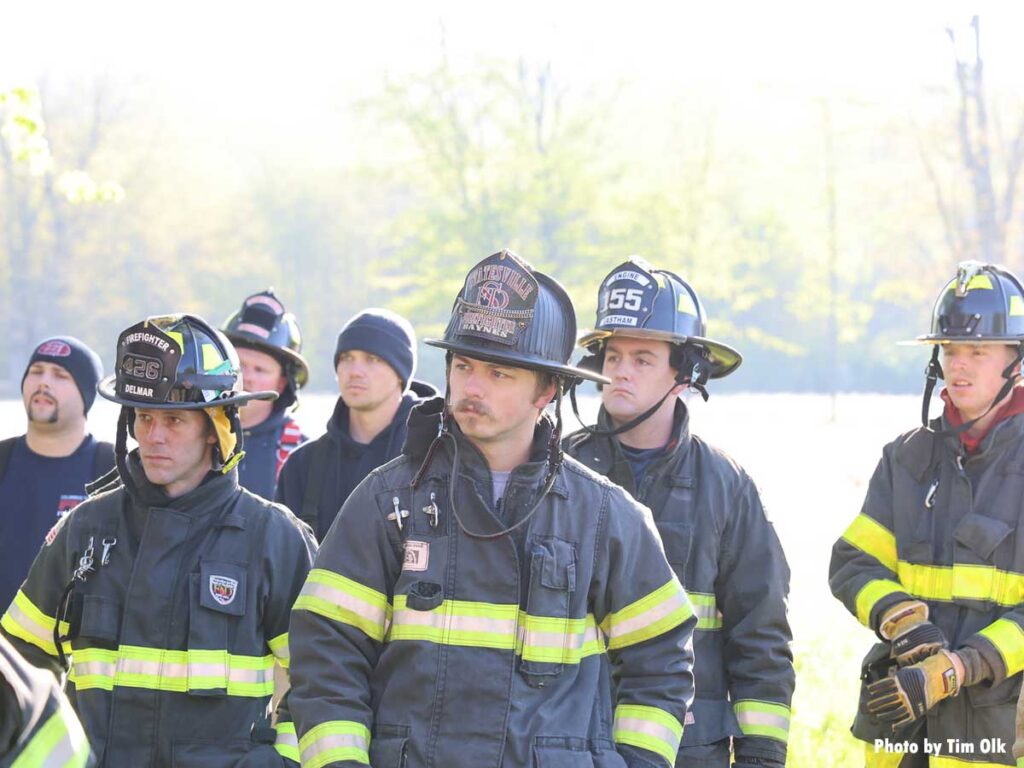
With 2023 in the books, it’s time for firefighters to reflect on the progress that has been made and the work that continues to be needed for making continued inroads in the health, wellness, safety, and survival of America’s first responders. Last month marked the one-year anniversary of the passing of my friend and Fire Engineering Editor in Chief Bobby Halton. Bobby was a critical voice who pushed me to assemble a rock star group of fire service industry leaders—researchers, medical voices, industry leaders, or as he would call them “trusted voices”—to publish the book Surviving the Fire Service. In fact, we were honored to have Bobby pen the forward to the book, as he himself battled with cancer.
- Creating and Enhancing Your Fire Department Wellness Program
- Prioritizing Sleep for First Responders
- A Prepared Firefighter Is a Fit Firefighter
- Occupational Health and Safety Compliance for the Volunteer Fire Service
Let’s look back to appreciate the significant forward progress that has been made. I vividly recall that in the not-too-distant past, topics on firefighter health and wellness would draw scant attendees and were considered fashionable. Today, that has changed. There is a palpable a palpable energy within the overall fire service when it comes to issues of occupational health and wellness. There are likely many reasons why this has occurred, including expanded research that is being funded and shared with the industry. Perhaps one of the most exciting is the collaborative effort of the Science Alliance, which aims to translate science into practice. Additional credit must be given to the efforts of our U.. Fire Administrator and her focus on “one service, one voice,” which involves the national fire service stakeholder organizations aligning around key issues such as firefighter cancer and behavioral health. Of course, we also have committed apostles within the industry who continue to increase awareness through advocacy and education. Regional efforts have also led to the sharing of best practices and beyond.
Let’s examine some of the key issues of occupational concern, such as firefighter cancer. According to the International Association of Fire Fighters (IAFF), cancer accounts for 75% of the names we add to the memorial wall in Colorado Springs each year. However, we have learned much on carcinogenic exposure reduction to mitigate exposure, as well as the importance of managing lifestyle risk factors to the extent they can be modified. Technology is also rapidly evolving, with cancer cell DNA testing that can identify early-stage free cancer cells in the circulatory system. Lastly, there is a growing understanding of the importance of enhanced early detection annual physicals. We know that cancer outcomes are best when detected early and interventions are targeted. Unfortunately, by the time in many cases symptoms present there has already been spread, in many cases. As both a technical committee member of the National Fire Protection Association 1582 standards committee on first responder medical surveillance as well as deputy chief executive officer for the nation’s largest first responder early detection physicals provider, it’s my belief that early detection must be embraced if we are to make substantial forward progress. Weekly, I observe numerous examples of this, through either ultrasound enhanced imaging exams, blood panels, or other clues suggesting the power of detection of disease prior to symptomology and the human and fiscal impact that it delivers. We have also increased our awareness of the issue of PFAS chemicals and our exposure to the same through the efforts of advocates and the IAFF, allowing us to re-engineer our personal protective ensembles to be safer.
We continue to also lose firefighters from sudden cardiac events. Recent efforts funded through FEMA research and development funds have helped identify two glaring issues that are significant in contributing to this: an enlargement of the left heart and subclinical unidentified coronary artery disease. Knowing the prevalence of these as precursors, recommendations have suggested enhanced imaging be a vital component on annual physical exams. Of course, managing modifiable risk factors— such as lipids, weight, blood pressure, sugars levels—is key in any harm-reduction model.
We continue to make inroads with embracing confronting the stigma surrounding behavioral health, including approaches such as the “it’s okay to not be okay” mantra. Our volunteer service has developed programs such as “Share the Load.” The IAFF has championed peer support programs. The National Fallen Firefighters Foundation has embraced much effort surrounding Stress First Aid. All of these are making strides in addressing mental wellness and resiliency. To further expand on this, NFPA 1582 has incorporated into annual medical exams a call for behavioral health screenings as nonpunitive early detection to identify those who are struggling and need mental health assistance.
So where do we go in 2024? We continue to shine a light on sharing and implementing best practices. We harness the virtues of AI as it can identify opportunities to drive prevention, risk mitigation, and early detection through harvesting knowledge we continue to learn. Most importantly, we continue to embrace a culture of human risk reduction and self-care as well as care of each other. Stay well and stay safe!

Todd J. LeDuc retired after 30 years as executive assistant fire chief of Broward County, Florida. He now serves as the deputy CEO of Life Scan Wellness Centers, the nation’s largest provider of first responder enhanced early detection physicals for over 25 years. He is a peer reviewer for the Center for Public Safety Excellence and a board member of the IAFC Safety, Health & Survival Section, as well as chair of the First Responder Center of Excellence advisory board on medical physicals. He is also the editor of Fire Engineering’s book Surviving the Fire Service.

